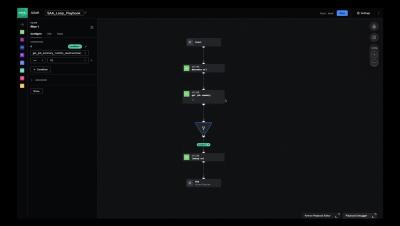Laying the Foundation for a Resilient Modern SOC
SecOps teams face more challenges than ever, including an expanded attack surface, an increased number of vulnerabilities, and a non-stop barrage of cyberattacks – all of which have materially increased organizational risk. According to Splunk’s State of Security Report 2023, security operations centers (SOCs) have become so overwhelmed that 23% of SOC analysts say they struggle with a high volume of security alerts. There are so many to process that 41% of those alerts are being ignored.









